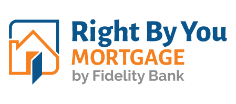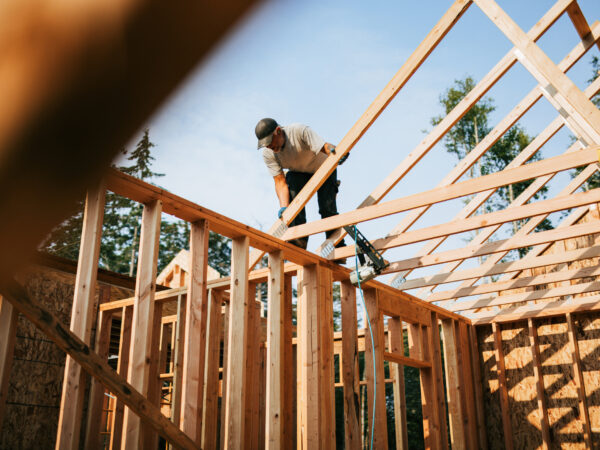Many people who set off to buy their first home are shocked by all the different types of mortgages that are available. The options can be quite dizzying.
However, most mortgages fall into two basic types—fixed-rate and adjustable-rate loans. And while the difference may seem obvious, there’s a lot to consider when figuring out which type is best for you.
Fixed-Rate Mortgages
Fixed-rate mortgages have an interest rate that’s, well, fixed. This means the portion of your monthly payment that goes towards your loan’s principal and interest, or P&I, will not change over the entire life of your loan. That being said, your total monthly payment could change if you pay taxes and insurance through an escrow account because those items are adjusted each year to accommodate changing tax bills and homeowner’s insurance bills. Generally, if there are changes to that portion of your monthly payment, they are small.
Because most borrowers prefer knowing how much their payment will be, the fixed-rate mortgage is a popular option. The downside to fixed-rate mortgages is that if interest rates fall, borrowers with a fixed-rate mortgage will need to refinance their loan to lower their payment.
Adjustable-Rate Mortgages
Adjustable-rate mortgages, or ARMs, have interest rates that fluctuate over time, which means the borrower’s payment can go either up or down depending on what happens with the market. ARMs adjust according to an index that is set by the lender. There are many indexes, including the London Interbank Offered Rate (LIBOR) and indexes tied to Treasury bills. Your loan documents will indicate which index your rate is tied to.
The main thing to know about ARMs is that the initial interest rate for an ARM only lasts for a certain period of time. For example, if you decide to consider a 5/1 ARM, the “5” means the initial interest rate is only fixed for the first five years of the loan. Afterwards, the rate may change every year (hence the “1”). In addition to 5/1 ARMs, there are 3/1, 7/1 and 10/1 ARMs.
The good thing about ARMs is that if interest rates fall, the borrower’s payment automatically decreases without having to refinance.
The downside, of course, is that the borrower’s payment will increase if interest rates rise. However, ARMs have a “cap” on how much the rate will increase every year, as well as a “ceiling,” which limits how high the rate can go during the loan term.
Which is Right for You?
Perhaps the biggest factor in deciding whether to get a fixed-rate mortgage or an ARM is how long you plan to stay in your home. For example, if you only plan to keep your home for a few years, or refinance at some point in the future, an ARM may be a good option if ARM rates are lower than fixed rate mortgages.
However, if you end up keeping your home longer than the initial fixed rate period, your payment could rise significantly in the future. For this reason, you should consider if you are comfortable with making the higher payment.
It’s important to realize that nobody has a crystal ball when it comes to interest rates or the housing market. If you don’t like risk and plan to stay in your home for longer than five or seven years, a fixed-rate mortgage might be the safer option. This may be a good idea if rates are already pretty low and not likely to get much lower.
If you’re thinking about buying a home and still aren’t sure which loan type is right for you, our dedicated team of local Mortgage Loan Officers at Right by You Mortgage would love to help! Just reach out to us at inquiries@rightbyyoumortgage.com, or call us at 877-552-2242.









